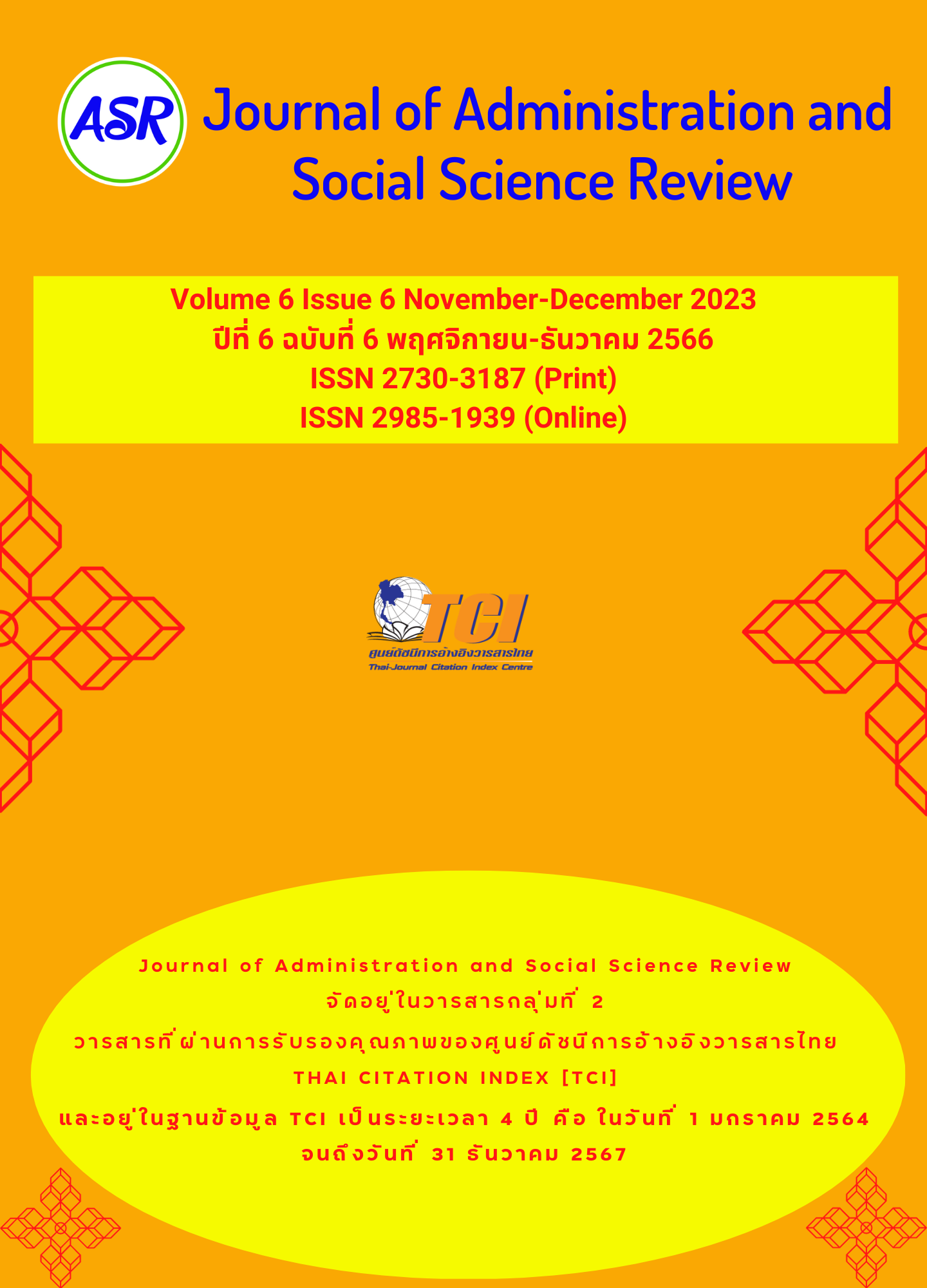Implementation Guidelines for the Community-Based Rehabilitation for the Disabled People: Case Study in Suranaree Subdistrict Municipality, Muang District, Nakhon Ratchasima Province
Keywords:
disabled people, community-based rehabilitation for disabled peopleAbstract
The research purposes were: (1) to study the implementation level of community-based rehabilitation for the disabled people in Suranaree Subdistrict Municipality, Muang District, Nakhon Ratchasima Province; (2) to study the problems and obstacles of implementation of community-based rehabilitation for the disabled people in Suranaree Subdistrict Municipality, Muang District, Nakhon Ratchasima Province; and (3) to prepare the guidelines for the implementation of community-based rehabilitation for the disabled people in Suranaree Subdistrict Municipality, Muang District, Nakhon Ratchasima Province. It was the mixed research.
The research findings were:
- The implementation of community-based rehabilitation for the disabled people in Suranaree Subdistrict Municipality found the overall was at the moderate level; the descending means were the social aspect, followed by the empowerment education public health and subsistence respectively.
- The problems and obstacles of implementation of community-based rehabilitation for the disabled people in Suranaree Subdistrict Municipality were the disabled people with no interest in community-based career promotions, empowerment in technologies and modernity, scant budgets for follow-up works, and noncooperation of implementation among related agencies.
- The guidelines for the implementation of community-based rehabilitation for the disabled people in Suranaree Subdistrict Municipality were that (1) the working team (physiotherapists, social workers, volunteers for home visits and transportation arrangements in case of illness or emergency); (2) the efficient and up-to-date coordination among in different departments (3) encouragement of family members to have more knowledge, understanding, and participation in the rehabilitation of the disabled people; and (4) provisions of the appropriate vocational training activities.



